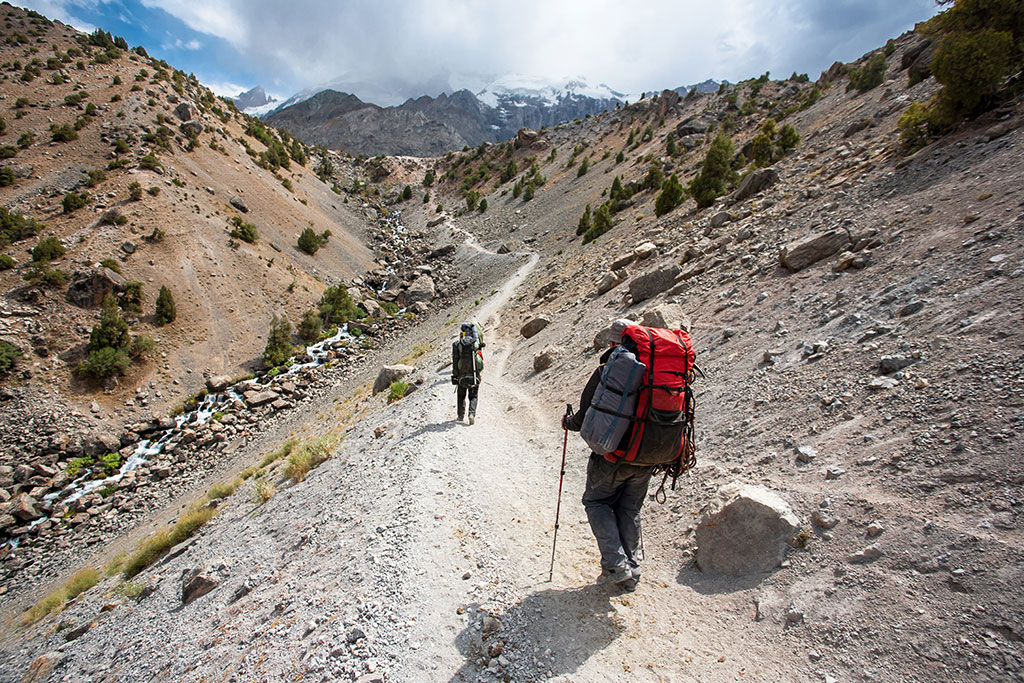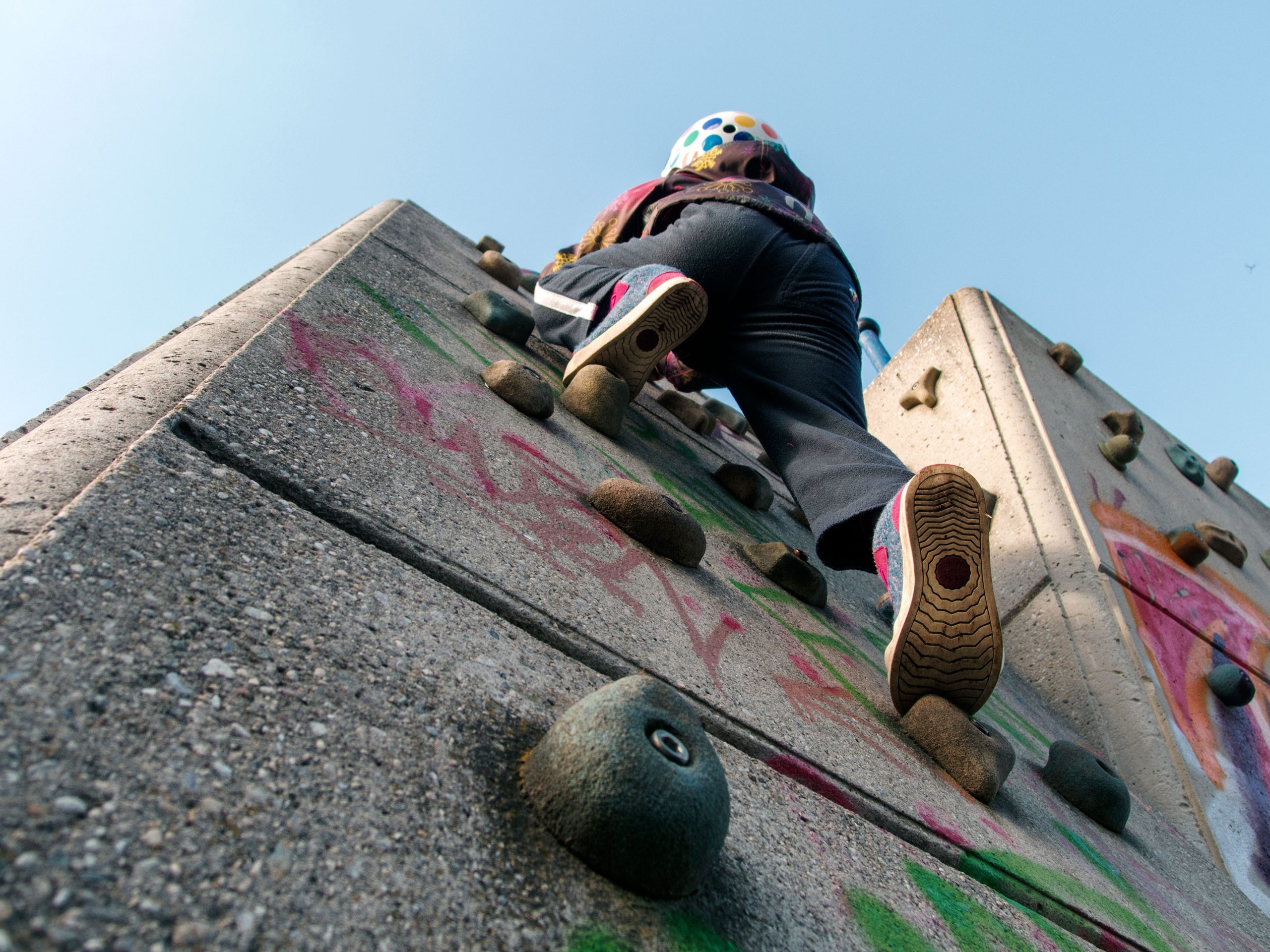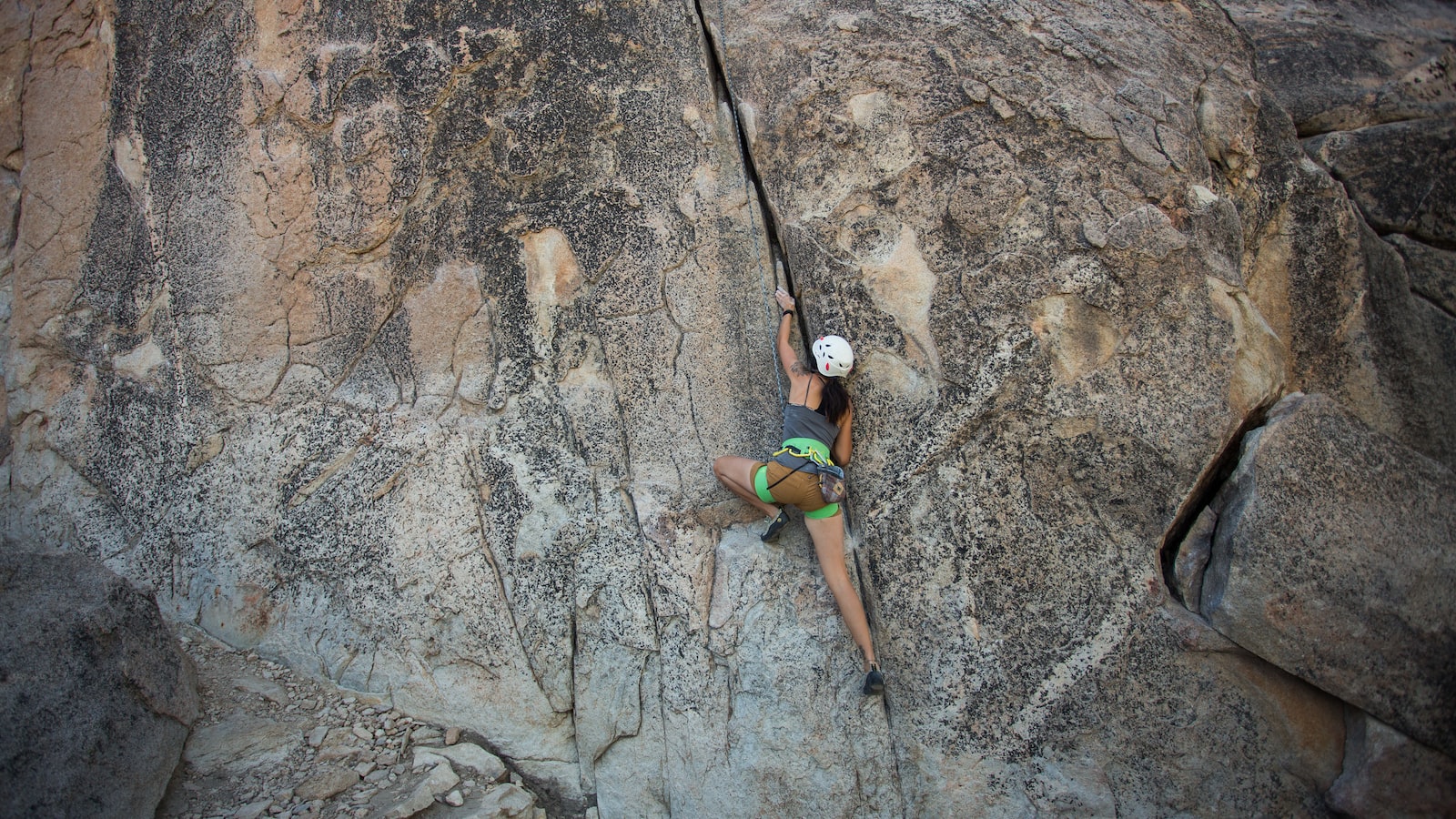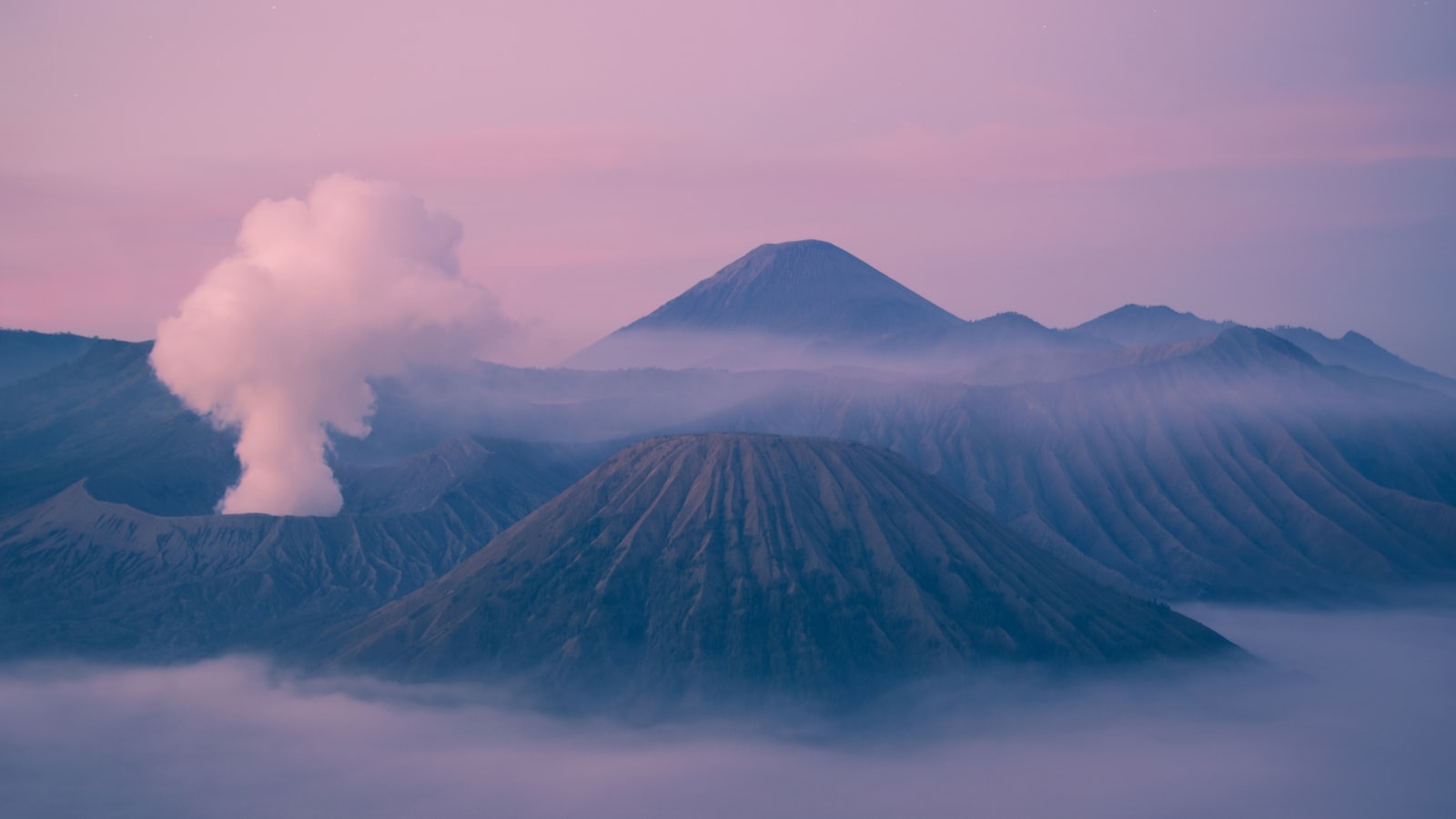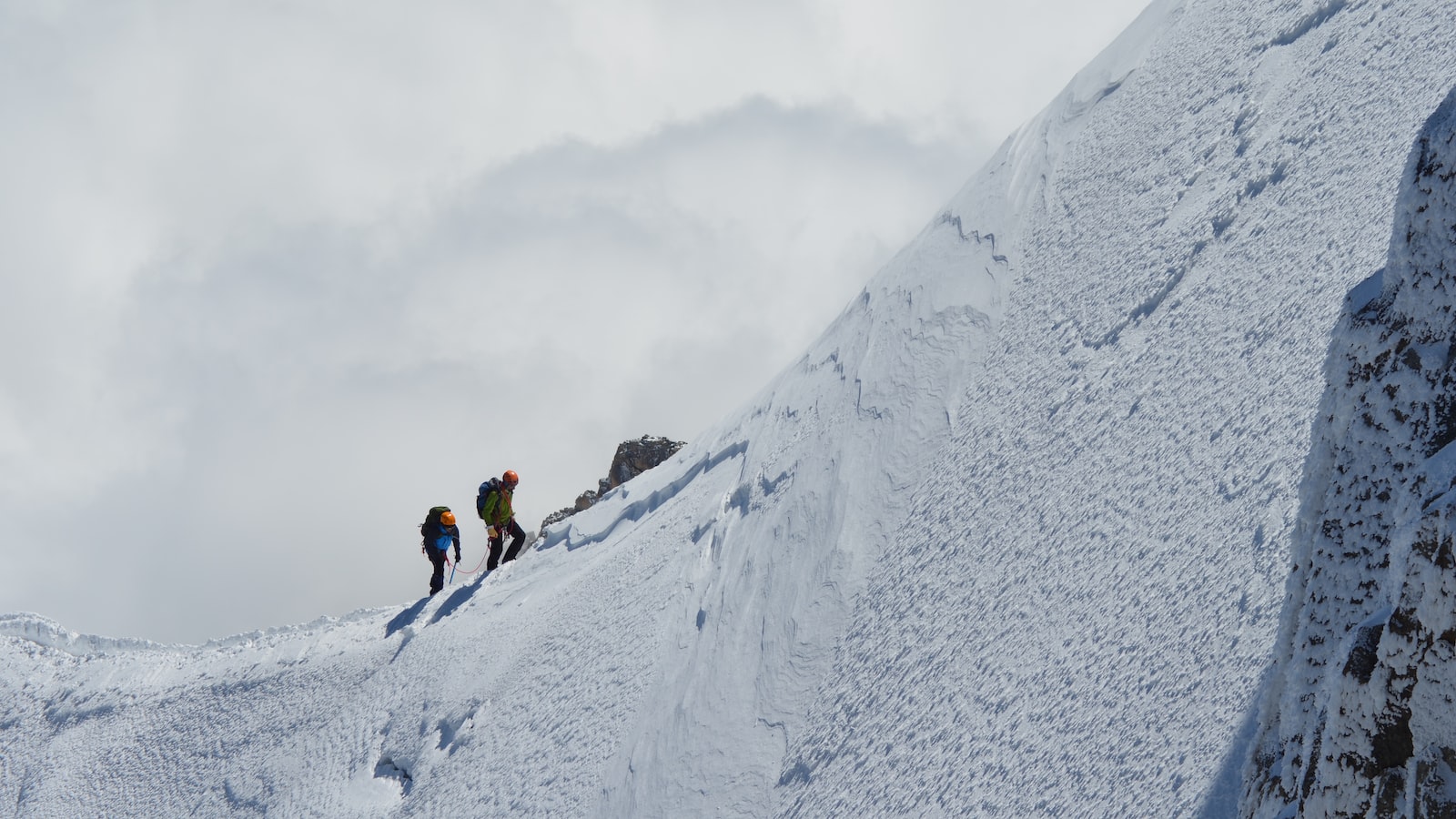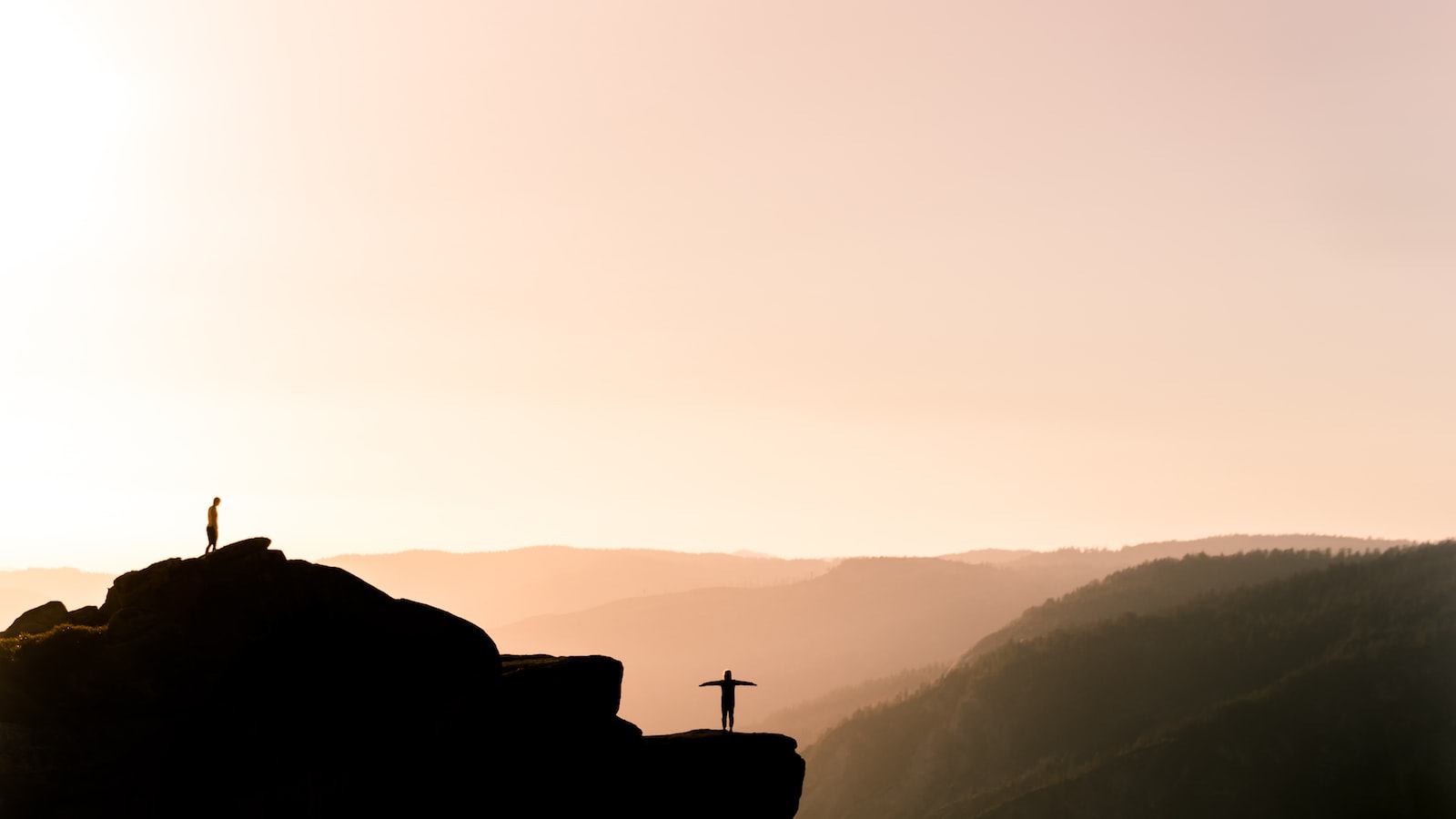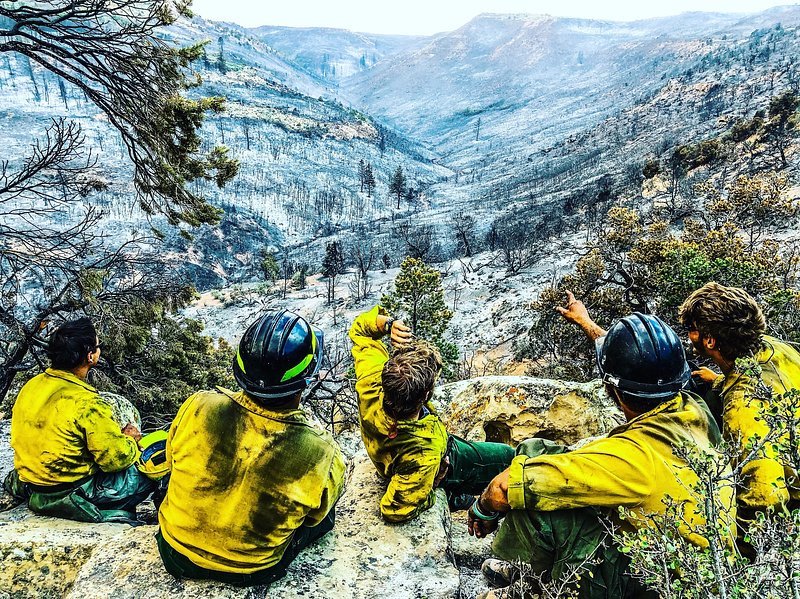
Do you remember the first wall you ever scaled? The adrenaline rush of the accomplishment, the joy of the achievement, and the thrill of beating your own personal best? For experienced climbers, these feelings remain a part of each and every outing – and with conditions monitoring, climbers can now remove even more of the unknown from a climb.
Conditions monitoring, also referred to as “real-time tracking”, is the practice of using specialized equipment to monitor weather, terrain, and safety conditions during a climb. Collected data can be analyzed in the moment for immediate guidance, or used for post-climb analysis. Through conditions monitoring, climbers can take an extra step in mitigating potential risks, and ensuring they achieve their highest level of success and safety.
Benefits of Conditions Monitoring
From predicting inclement weather to avoiding rockfall, conditions monitoring provides detailed insight into the environment of a climb – physical context that can make the difference between safe completion and tragedy. On a deeper level, conditions monitoring can also provide the technical data needed to review climbing routes. Moreover, changes in weather, altitude, and ice or rock conditions can occur during the course of an expedition that limit visibility or the quality of the route, and conditions monitoring can give a climber a better idea of the route ahead.
Additionally, conditions monitoring can provide the data necessary for more accurate route tracking. Real-time conditions input can be used to calculate exact and continuous positioning, thus significantly improving navigational accuracy and productivity. This frees up more energy for a climber to focus on the route ahead, rather than wasting it calculating coordinates and distances.
Conditions Monitoring in Action
Incorporating conditions monitoring into climbing expeditions requires the right tools – such as activity trackers, GPS devices, altimeters, barometers, and any other device that can record and relay information about conditions and route progress. With these technologies in place, climbers can better measure their performance over time, improve their own strategies, and recognize potential threats.
It’s also important to have the proper protocols in place in order to gather and use the data collected through conditions monitoring. Data should be collected over the duration of the climb, and after the climb, logged and stored in order to study patterns and learn from mistakes.
Conclusion
Climbing is a complex pursuit, and one that is heavily reliant on environmental factors, including inclement weather, unstable rock, and dangerous routes. By incorporating conditions monitoring into climbing expeditions, climbers can take an extra measure of safety and assurance on their paths to the summit.


